Advertisement
In today's world, ensuring seamless IT operations is more critical than ever. Organizations are flooded with massive volumes of data from diverse sources—applications, servers, networks, and cloud services. Traditional monitoring methods are no longer sufficient for identifying root causes quickly or predicting potential failures. This is where Observability and AIOps (Artificial Intelligence for IT Operations) come into play, transforming how enterprises manage performance, availability, and incident response. Together, they offer intelligent, real-time insights that empower IT teams to act proactively rather than reactively.
In this article, we explore how Observability and AIOps, when combined, are revolutionizing IT operations, enhancing efficiency, and driving better outcomes.
Observability refers to the ability to measure the internal state of a system based on the data it generates, such as logs, metrics, and traces. Unlike traditional monitoring, which often tells what is wrong, observability helps answer why it's happening. The three core pillars of observability are:
Observability tools like Prometheus, Grafana, Datadog, and New Relic collect and correlate these data points to create a comprehensive, real-time understanding of system behavior.
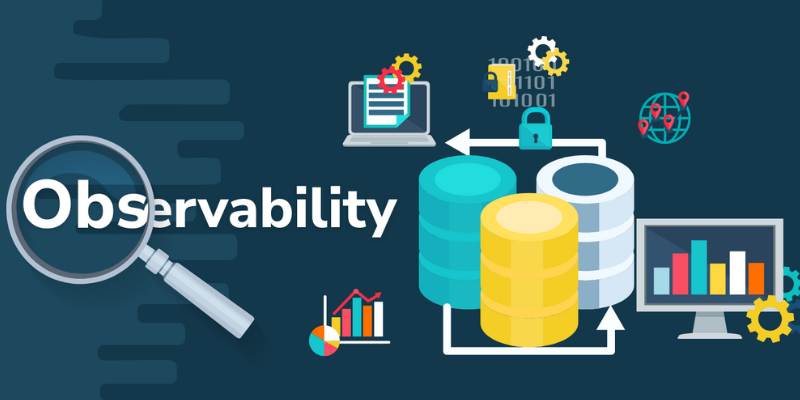
AIOps (Artificial Intelligence for IT Operations) refers to the application of AI and machine learning to enhance and automate IT operations. AIOps platforms analyze huge amounts of data from multiple sources, identify patterns, predict incidents, and even resolve issues autonomously.
Key capabilities include:
AIOps solutions, such as Moogsoft, Splunk, Dynatrace, and IBM Watson AIOps, are gaining traction in enterprise environments due to their ability to drastically reduce Mean Time to Resolution (MTTR) and improve service uptime.
Observability and AIOps are not standalone tools but are highly interdependent. Here's how observability fuels the intelligence of AIOps platforms:
Here are some powerful use cases that showcase the combined impact of observability and AIOps in IT operations:
A global bank uses observability tools to collect logs and metrics across distributed systems. AIOps analyzes data in real-time to detect anomalies and predict potential downtime before it affects users.
A cloud services company experienced alert fatigue due to receiving thousands of daily alerts. By combining observability data with AIOps, they filtered out false positives and focused solely on critical issues, reducing the alert volume by 70%.
An e-commerce platform used observability to visualize end-to-end customer journeys. AIOps quickly identified latency issues traced to a specific microservice, reducing resolution time from 2 hours to under 10 minutes.
Observability showed usage trends across computing resources. AIOps forecasted future demand spikes during holiday seasons, enabling teams to auto-scale cloud infrastructure ahead of time.
Combining observability with AIOps doesn't just modernize IT—it transforms business outcomes:
While the advantages are compelling, implementation isn't without hurdles:

Successful implementation requires a clear strategy, the right tool stack, and a shift in culture toward data-driven IT operations.
To successfully integrate observability and AIOps, organizations must take a strategic and phased approach. Here are essential steps to guide you:
The convergence of observability and AIOps marks a defining shift in the evolution of IT operations. No longer are teams limited by reactive, manual processes. With real-time visibility and AI-driven automation, organizations can stay ahead of disruptions, ensure optimal performance, and deliver seamless user experiences. However, realizing these benefits requires more than just tools—it demands a strategic mindset, investment in training, and an openness to embrace data-driven change.
Ready to revolutionize your IT operations? Start your journey with observability and AIOps today—empower your systems to be smarter, faster, and future-ready.
Advertisement
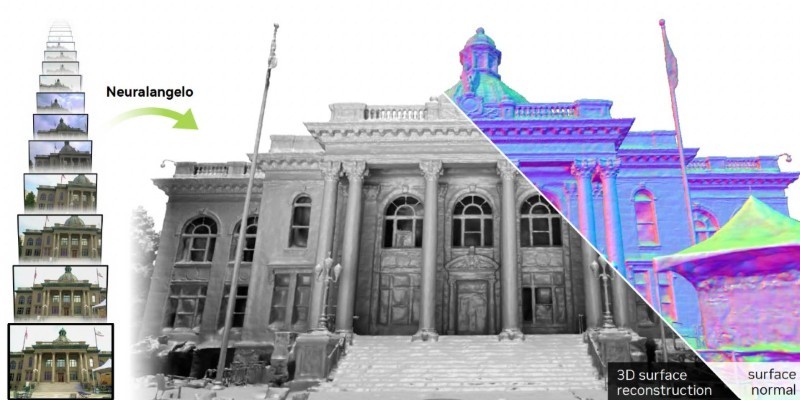
How NVIDIA’s Neuralangelo is redefining 3D video reconstruction by converting ordinary 2D videos into detailed, interactive 3D models using advanced AI

Explore how AI is transforming drug discovery by speeding up development and improving treatment success rates.
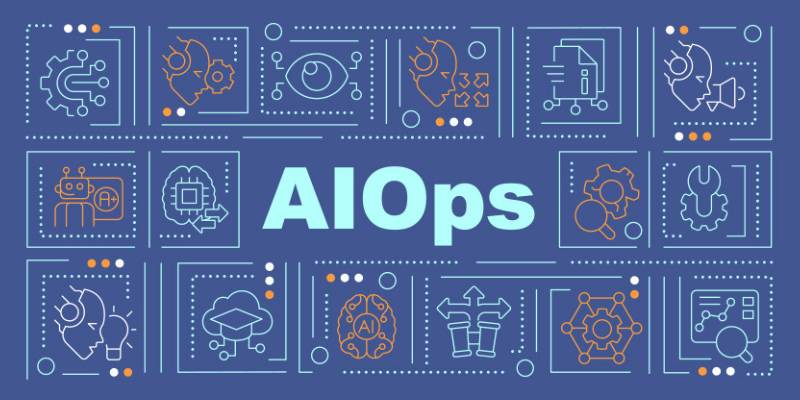
Discover how observability and AIOps transform IT operations with real-time insights, automation, and smart analytics.

Explore how AI enhances employee performance, learning, and engagement across today's fast-changing workplace environments.
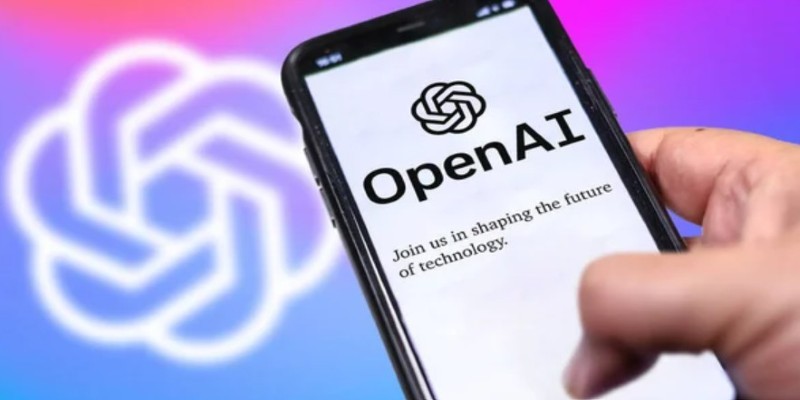
The ChatGPT iOS App now includes a 'Continue' button that makes it easier to resume incomplete responses, enhancing the flow of user interactions. Discover how this update improves daily usage
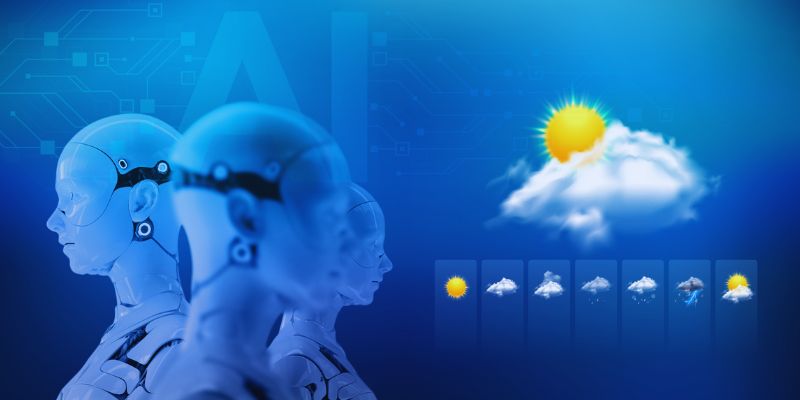
Discover how AI in weather prediction boosts planning, safety, and decision-making across energy, farming, and disaster response

Discover how an AI platform is transforming newborn eye screening by improving accuracy, reducing costs, and saving live
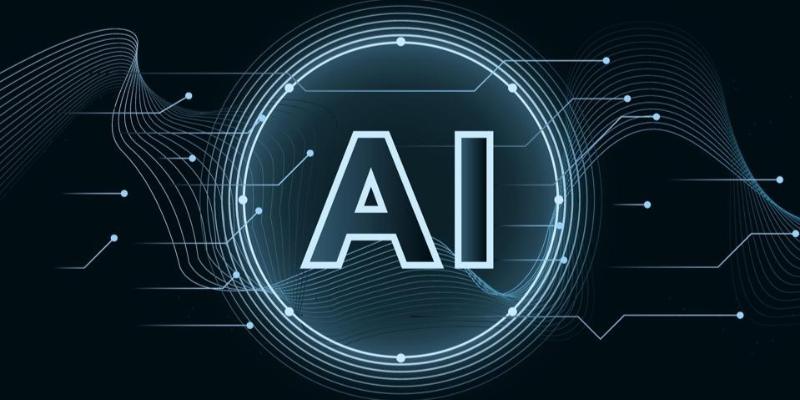
Learn the top 5 strategies to implement AI at scale in 2025 and drive real business growth with more innovative technology.

Compare AI, ML, DL, and Generative AI to understand their differences and applications in technology today
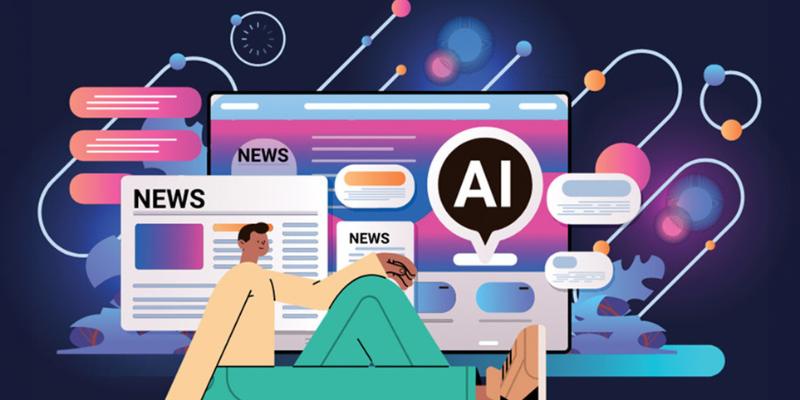
Discover how 9 big tech firms are boldly shaping generative AI trends, innovative tools, and the latest industry news.
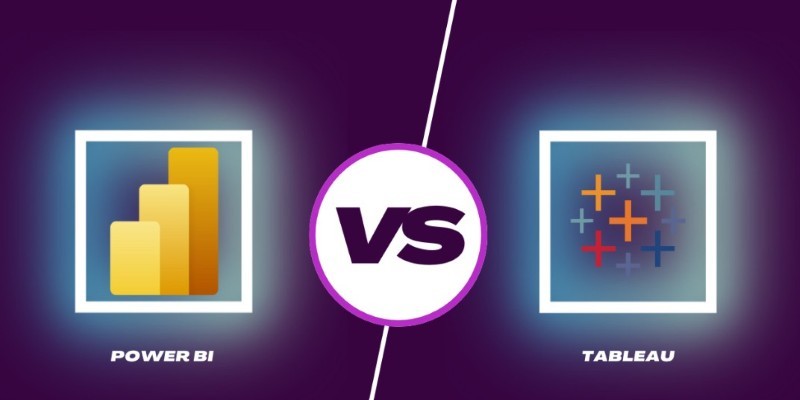
Compare Power BI vs Tableau in 2025 to find out which BI tool suits your business better. Explore ease of use, pricing, performance, and visual features in this detailed guide

Not sure how to trust a language model? Learn how to evaluate LLMs for accuracy, reasoning, and task performance—without falling for the hype